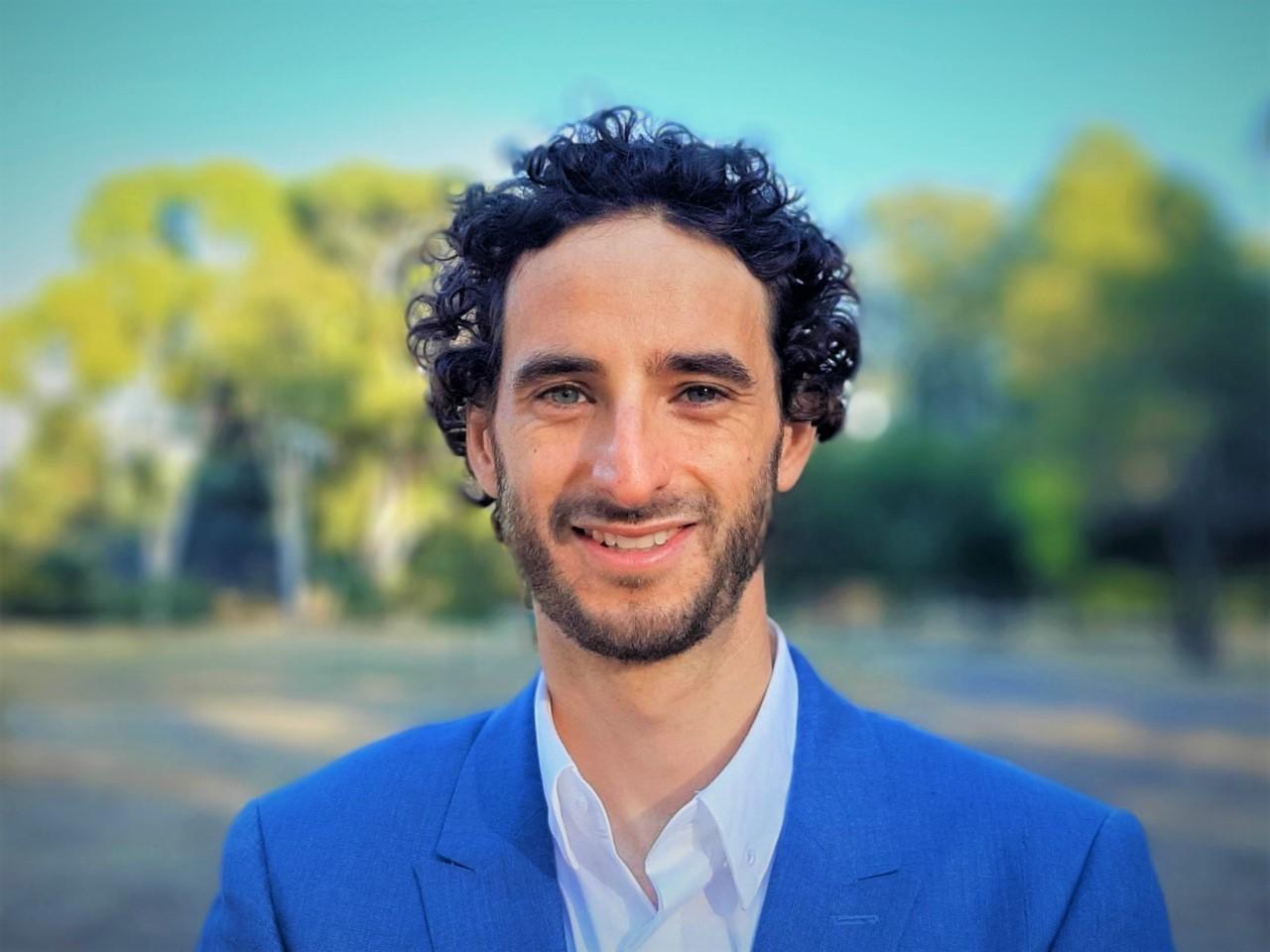Research
We dissect the neural circuits underlying visual processing and perception, spatial navigation, and cognitive control.
Our lab uses the hippocampal/parahippocampal formation and the visual system as a model, and focuses on the contribution of parallel visual pathways to behaviours that promote survival, so-called “adaptive behaviours”.
We are particularly interested in visually-driven innate and learned behaviours, and in spatial navigation. Visually-evoked innate responses, such as freezing or escaping upon detection of distant predators, critically reduce the probability of being eaten. Equally essential for survival is the ability to learn how to navigate in an ever-changing environment, creating neural “spatial maps” of the world based on visual landmarks and optic flow. We study the neural circuits that convert visual information into the spatial maps that guide vision-based navigation.
Adaptive behaviours are specific reactions that have been positively selected during evolution because they increase survival chances. However, many of these protective responses to the possible presence of danger are susceptible to dysregulation. Unregulated or “out of control” adaptive behaviours can become maladaptive and underlie severe mental illnesses, including anxiety and post-traumatic stress disorder. We study the pathogenesis of stress-induced anxiety behaviours in the early stages of sensory processing. We aim to understand how pathological changes in the early neural representations of “dangerous” and “safe” sensory stimuli influence the occurrence of anxiety disorders.
The lab combines chronic large-scale electrophysiological and two-photon imaging recordings with chemogenetic and optogenetic manipulations, using the mouse as a model system. We seek to understand how the evolution of parallel neural pathways has contributed to the spectacular development of the associative skills that characterize mammalian behaviour. By developing novel behavioural paradigms and precise tools to monitor drugs’ pharmacodynamic effects on the neural circuitry, we aim to provide new therapeutic targets for future pharmacological interventions.
Publications
Beltramo R. “A new primary visual cortex”. Science (2020) 370(6512):46. DOI: 10.1126/science.abe1482
Vecchia D., Beltramo R., Vallone F, Chéreau R., Forli A., Molano-Mazón M., Bawa T., Binini N., Moretti C., Holtmaat A., Panzeri S., Fellin T. “Temporal sharpening of sensory responses by layer V in the mouse primary somatosensory cortex”. Current Biology (2020) 4;30(9):1589-1599.e10. DOI: 10.1016/j.cub.2020.02.004.
Beltramo R. & Scanziani M. “A Collicular Visual Cortex: Neocortical Space for an Ancient Midbrain Visual Structure.”. Science (2019) 363(6422):64-69. DOI: 10.1126/science.aau7052
- Comment: Bray N., “Collicular cortex watches movies”, Nature Reviews Neuroscience (2019) 20, 30–131
Pfeffer C.K. & Beltramo R. “Correlating Anatomy and Function with Gene Expression in Individual Neurons by Combining in Vivo Labeling, Patch Clamp, and Single Cell RNA-seq.”. Frontiers in Cellular Neuroscience (2017) 11:376. DOI: 10.3389/fncel.2017.00376
Wietek J., Beltramo R., Scanziani M., Hegemann P., Oertner T.G., Wiegert J.S. “An improved chloride-conducting channelrhodopsin for light-induced inhibition of neuronal activity in vivo”. Scientific Reports (2015) 10:7;5:14807. DOI: 10.1038/srep14807.
Barral S., Beltramo R., Salio C., Aimar P., Lossi L., Merighi A. “Phosphorylation of histone H2AX in the mouse brain from development to senescence”. International Journal of Molecular Sciences (2014) 15(1): 1554–1573. DOI: 10.3390/ijms15011554.
Beltramo R., D’Urso G., Dal Maschio M., Farisello P., Bovetti S., Clovis Y., Lassi G., Tucci V., De Pietri Tonelli D., Fellin T. “Layer-specific excitatory circuits differentially control recurrent network dynamics in the neocortex.”. Nature Neuroscience (2013) 16(2):227-34. DOI: 10.1038/nn.3306.
- Comment: Hughes S., Crunelli V., “UP states rise from the depths.”, Nature Neuroscience (2013) 10.1038/nn.3313.
Dal Maschio M., Beltramo R., A. De Stasi., Fellin T. “Two-photon calcium imaging in the intact brain”. Advances in Exp. Med. Biol. (2012); 740:83-102. DOI: 10.1007/978-94-007-2888-2_4.
Difato F., Dal Maschio M., Beltramo R., Blau A., Benfenati F., Fellin T. “Spatial light modulators for complex spatio-temporal illumination of neuronal networks” Neuromethods (2012) 67:61-81. DOI: 10.1007/7657_2011_3.
Dal Maschio M., Difato F., Beltramo R., De Stasi A., Blau A., Benfenati F., Fellin T. “Optical investigation of brain networks using structured illumination”. Cellular imaging techniques for neuroscience and beyond (2012) 5:101-120. DOI: 10.1016/B978-0-12-385872-6.00005-2.
Dal Maschio M., Difato F., Beltramo R., Blau A., Benfenati F., Fellin T. “Simultaneous two-photon imaging and photo-stimulation with structured light illumination”. Optics Express (2010) 18:18720-18731. DOI: 10.1364/OE.18.018720.
Halassa M.M., Dal Maschio M., Beltramo R., Haydon P.G., Benfenati F., Fellin T. “Integrated Brain Circuits: neuron-astrocyte interaction in sleep-related rhythmogenesis”. Scientific World Journal (2010) 10:1634-1645. DOI: 10.1100/tsw.2010.130


